Entry Type: Thing
Wineries
 Winery Ad
Winery Ad
Wing School
 Winkley Bridge
Winkley Bridge
Winrock International
Winslow Tunnel
 Winslow Tunnel
Winslow Tunnel
 Winslow Tunnel Date Stone
Winslow Tunnel Date Stone
 Winslow Tunnel
Winslow Tunnel
 Winter
Winter
Winthrop Rockefeller Foundation
Winthrop Rockefeller Institute
Winthrop School Museum
 Wirges Book
Wirges Book
Wishbone Cutter
aka: The Shadow of Chikara
aka: The Curse of Demon Mountain
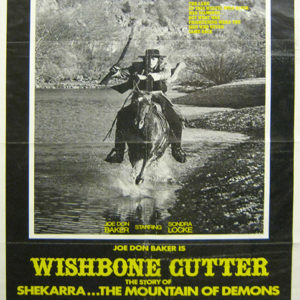 Wishbone Cutter Poster
Wishbone Cutter Poster
Witness, The
Wittsburg Fortification
 WNS Affected Areas
WNS Affected Areas
 WNS Occurrence
WNS Occurrence
 WNS Pathology
WNS Pathology
WOK
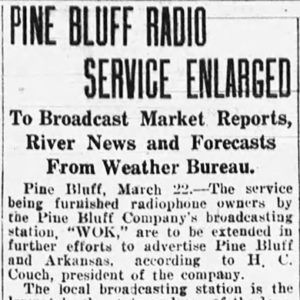 WOK Article
WOK Article
 WOK Concert Ad
WOK Concert Ad
Woman They Almost Lynched
Woman Who Wouldn’t Talk, The
 WCTU Flag
WCTU Flag
Woman’s Chronicle
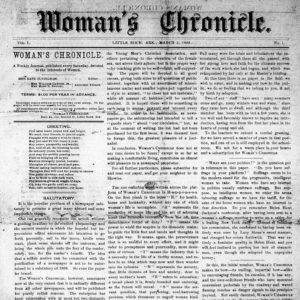 Woman's Chronicle
Woman's Chronicle
Woman’s Progressive Club (Wynne)
Womble District Administration House Number 1
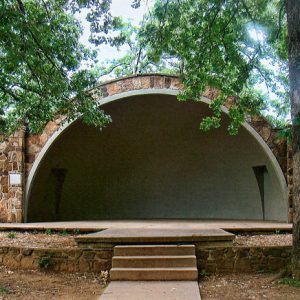 Women's Community Band Shell
Women's Community Band Shell
Women’s Community Club Band Shell
 Women's Library Flyer
Women's Library Flyer
Women’s Suffrage Movement
 Wonder State Resolution
Wonder State Resolution
Wood v. Strickland
 Woodland College Article
Woodland College Article
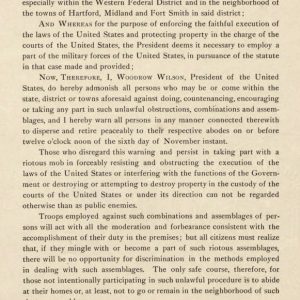 Woodrow Wilson Proclamation
Woodrow Wilson Proclamation
Woodruff County Courthouse
 Woodruff County Map
Woodruff County Map
Woodruff Print Shop
 Woods Colt, The
Woods Colt, The
Woods Colt, The
 Woodward & Huckaby
Woodward & Huckaby
 Joanne Woodward
Joanne Woodward
Works Progress Administration (WPA)
World Services for the Blind
aka: Lions World Services for the Blind
 World View by Les Christensen
World View by Les Christensen




